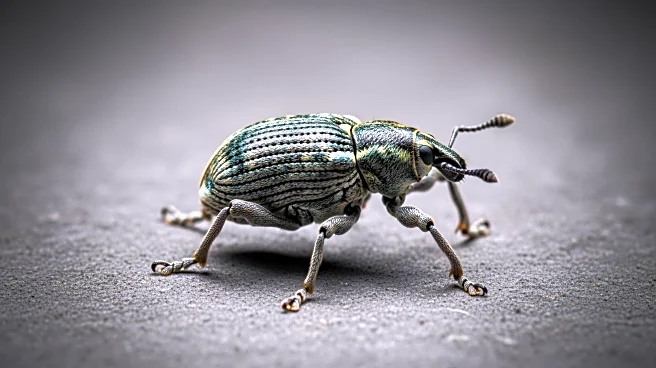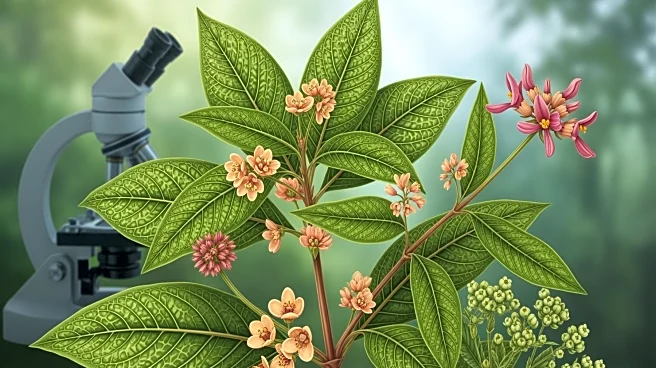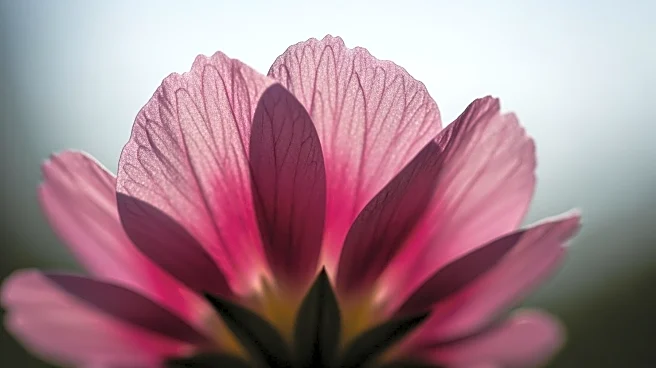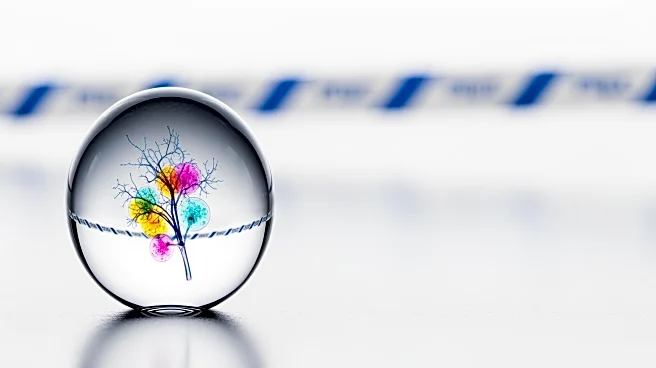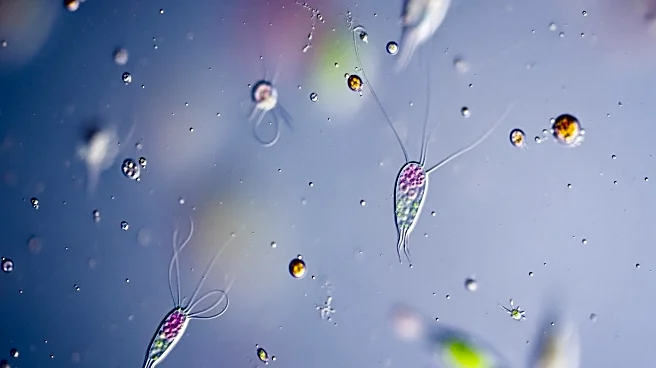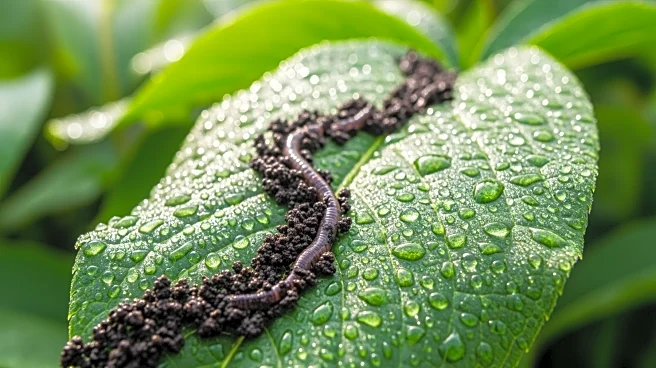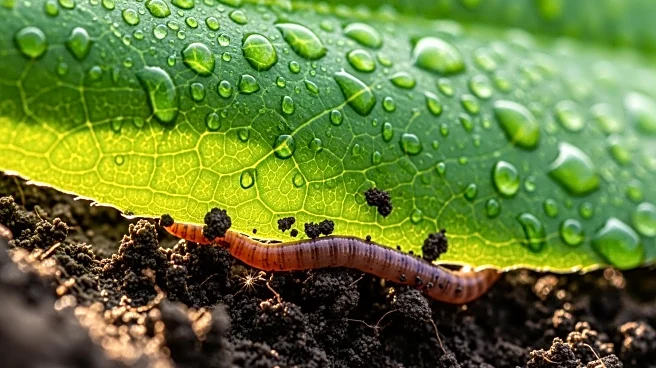What's Happening?
The Nikon Small World competition, renowned for its focus on photomicrography, has announced the winners of its 51st annual contest. This year, the top prize was awarded to Zhang You from China for his captivating
image of a rice weevil mounted on a single grain of rice. The competition, which began in 1974, aims to reveal the intricate details of the microscopic world that are invisible to the naked eye. This year, the contest attracted approximately 1,925 entries from 77 countries, highlighting the global interest in this unique form of photography. Other notable entries included images of a spotted eye hoverfly, water fleas and algae, and vascular bundles in a bamboo leaf, showcasing the diverse range of subjects captured through the lens of a microscope.
Why It's Important?
The Nikon Small World contest plays a significant role in bridging the gap between science and art, offering a platform for scientists and artists to showcase the beauty and complexity of the microscopic world. By highlighting these intricate details, the competition fosters a greater appreciation for the natural world and the scientific processes that reveal its hidden wonders. The contest also encourages innovation and creativity in the field of photomicrography, inspiring new techniques and perspectives. For the scientific community, these images can serve as valuable tools for research and education, providing insights into biological structures and processes that are crucial for advancements in fields such as biology, medicine, and environmental science.
What's Next?
As the Nikon Small World contest continues to grow in popularity, it is likely to attract even more participants in future editions, further expanding the diversity and scope of entries. The competition may also inspire collaborations between scientists and artists, leading to new discoveries and artistic expressions. Additionally, the winning images and honorable mentions are expected to be featured in exhibitions and publications, reaching a wider audience and promoting the importance of scientific exploration and artistic creativity. The contest's ongoing success may encourage other organizations to host similar events, further promoting the intersection of science and art.
Beyond the Headlines
The Nikon Small World contest not only highlights the beauty of the microscopic world but also raises awareness about the importance of preserving biodiversity and understanding ecological systems. By showcasing images of various organisms and structures, the competition underscores the interconnectedness of life and the need for conservation efforts. Furthermore, the contest may inspire ethical discussions about the use of technology in capturing and manipulating images, prompting considerations about the balance between scientific accuracy and artistic interpretation.
